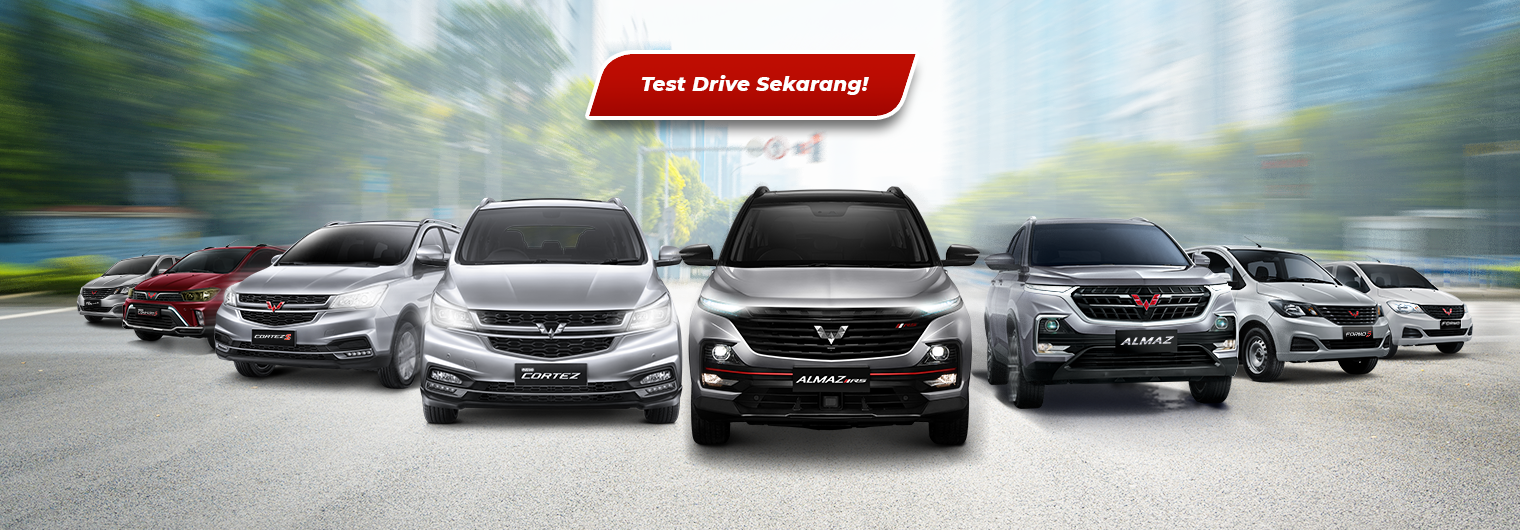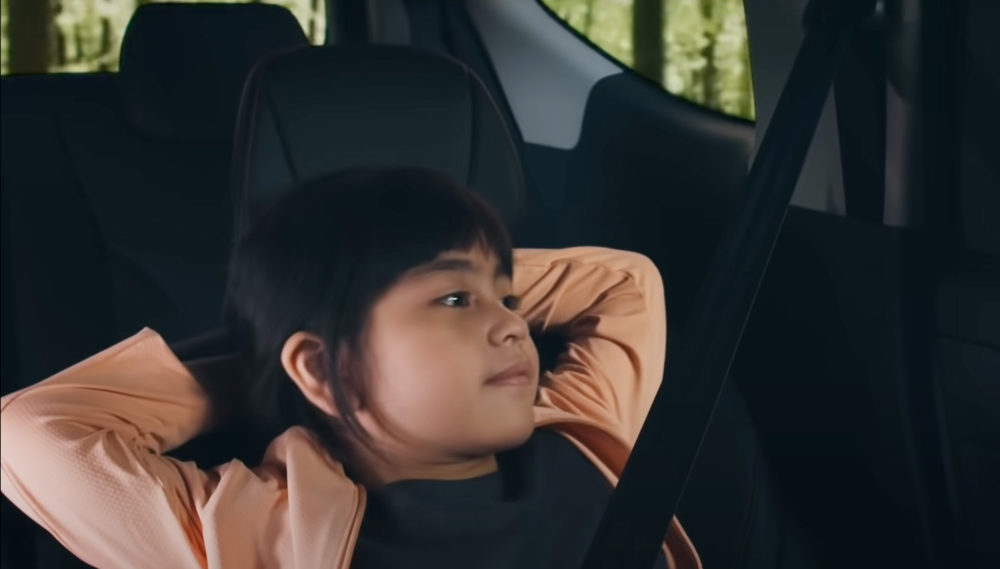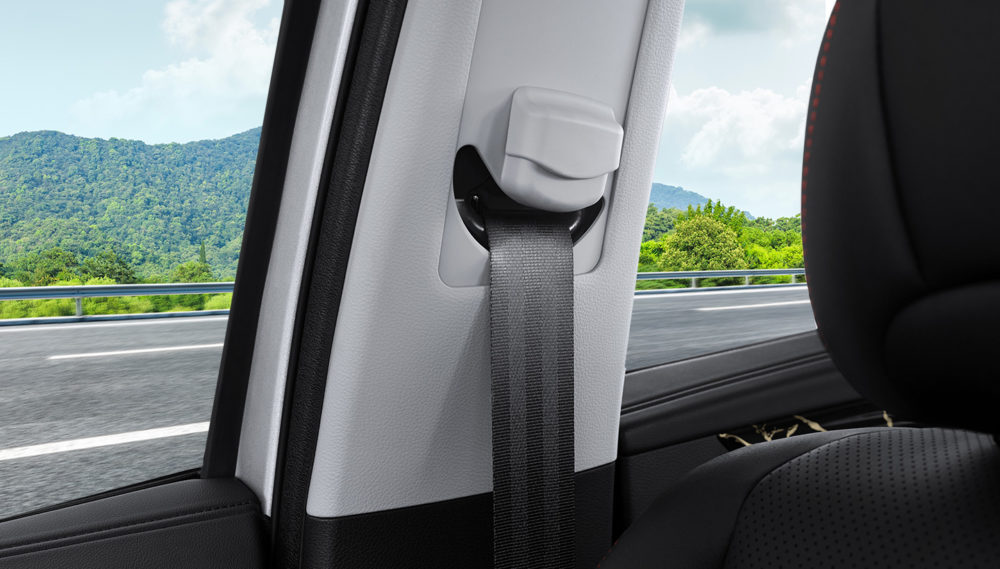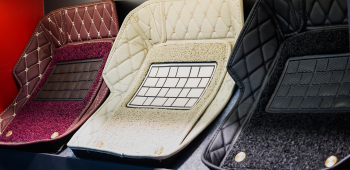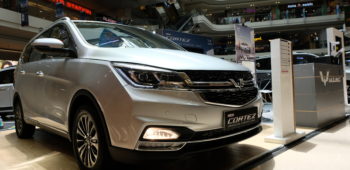Car’s Isofix: What is the Function and How to Use It
16 May, 2022
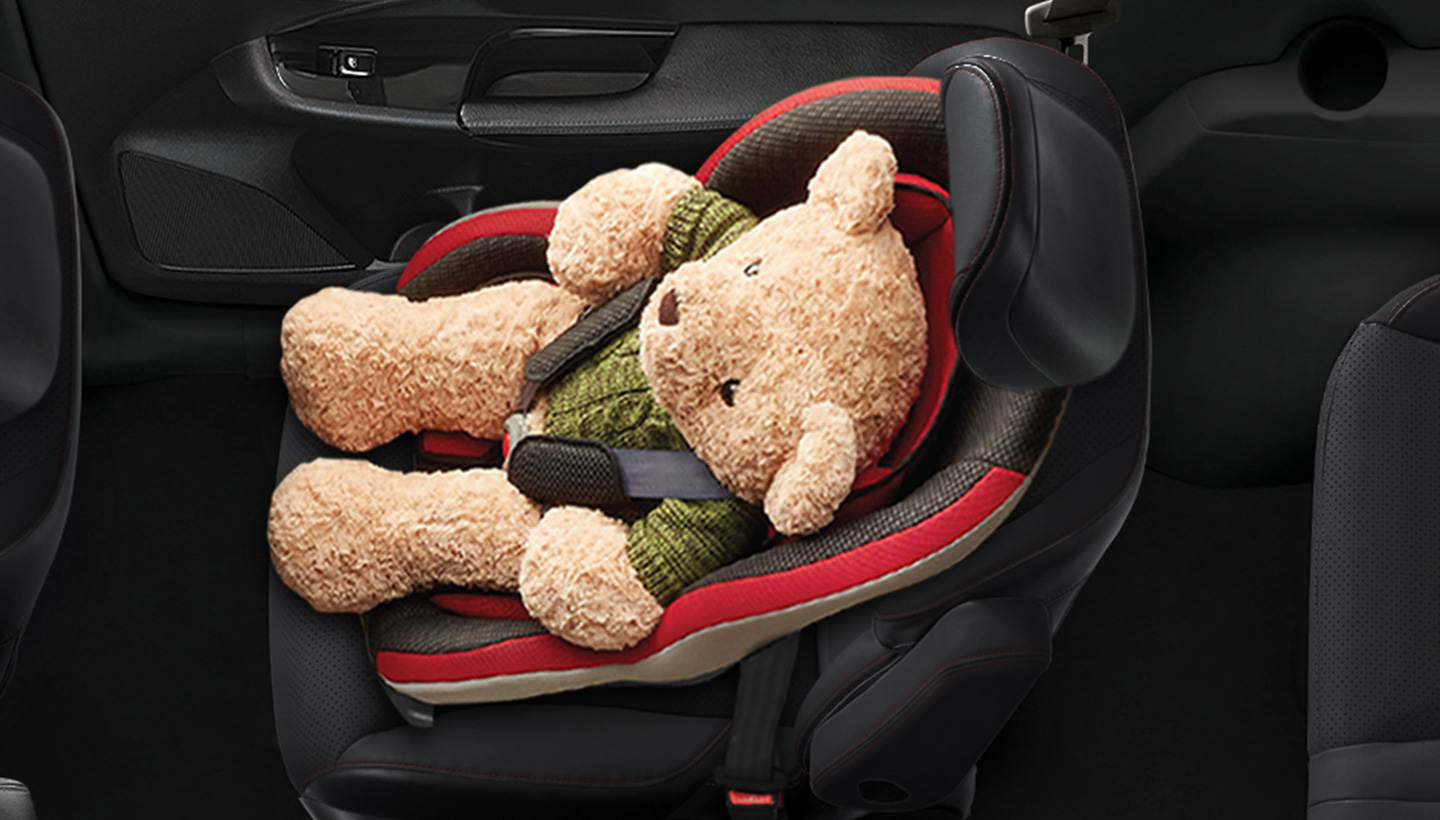
Bringing a toddler while driving requires careful preparation for comfort and safety. One way is to use ISOFIX to ensure children can sit comfortably and safely during the trip.
Safety is an important thing that needs to be considered when driving, especially if you bring children. One way to ensure the comfort and safety of children while driving is to use a child car seat. So, so that the child car seat can be installed firmly and safely, then you need to choose a car that is equipped with ISOFIX safety features.
So what exactly is ISOFIX, what does it do and how do you use it? For a more complete explanation, here’s the review below.
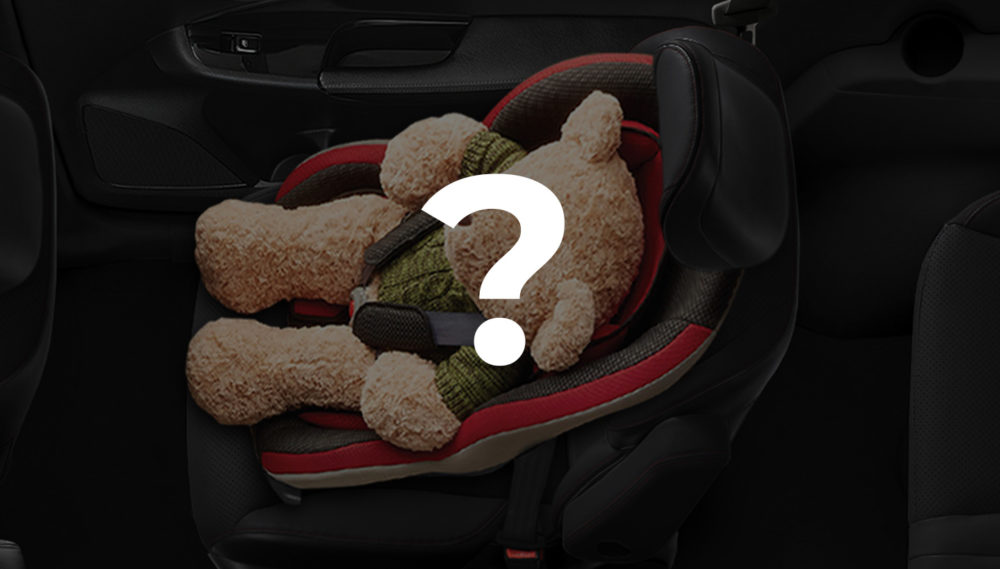
What is ISOFIX?
ISOFIX stands for International Standard Organizations FIX. This is one of the safety features on the car to ensure the comfort and safety of toddlers and children when traveling by car.
ISOFIX is used for child car seats on vehicles. This feature will lock the car seat firmly so as to ensure the child can sit safely and avoid the risk of collision in the event of an accident.
In general, ISOFIX are two metal hooks located in the folds of the seats in the second row of passenger seats. This safety feature serves to link the bottom of the car seat to the car seat without having to use a seat belt. Installing a child car seat using ISOFIX is safer for children than just using a seat belt.
ISOFIX itself was designed by a car seat manufacturing company, Britax Romer who has collaborated with VM since 1997. Over time, this feature is increasingly being used, especially for European cars.
This ISOFIX feature has been widely used in developed countries, especially western countries. However, in Indonesia, there are still many people who think that the use of car seats is not too important, so they don’t pay attention to the ISOFIX feature when buying a vehicle.
ISOFIX Feature Functions on Cars
ISOFIX is one of the vehicle’s built-in features that is useful for supporting the safety of passengers, especially children when traveling. The main function of this car feature is to attach the bottom of the child car seat to the car seat, a sign that you need to use a seat belt.
The main function of this ISOFIX car seat is closely related to child safety when driving. By using ISOFIX, the car seat will not experience a lot of shocks so as to ensure the child is safer from the risk of collision in the event of an accident.
Another function is to facilitate the process of installing a car seat. With these two hooks, you don’t need a long time to install the car seat. Besides being easier, car seats are also stronger and safer when compared to wrapping them using a seat belt.
The presence of the ISOFIX feature on the vehicle can also make the driver more concentrated when driving. Not infrequently, children who are actively moving in the car can interfere with concentration and this is dangerous for driving safety. Therefore, if the child can sit comfortably and safely in a car seat that has been linked to ISOFIX, the driver can concentrate more so that the risk of an accident can be avoided.
To maximize the function of this ISOFIX feature, you need to choose the type of car seat that is suitable for the child’s age. So, here are the types of car seats that suit your child’s needs:
- Infant car seat: for children age 0-1 years with a maximum weight of 10 kg. This type of car seat can be rotated and has handling for easy portability.
- Toddler car seat: suitable for children age 1-4 years and weighing between 10-20 kg
- Young children car seat: for children age 4 to 8 years weighing more than 20 kg.
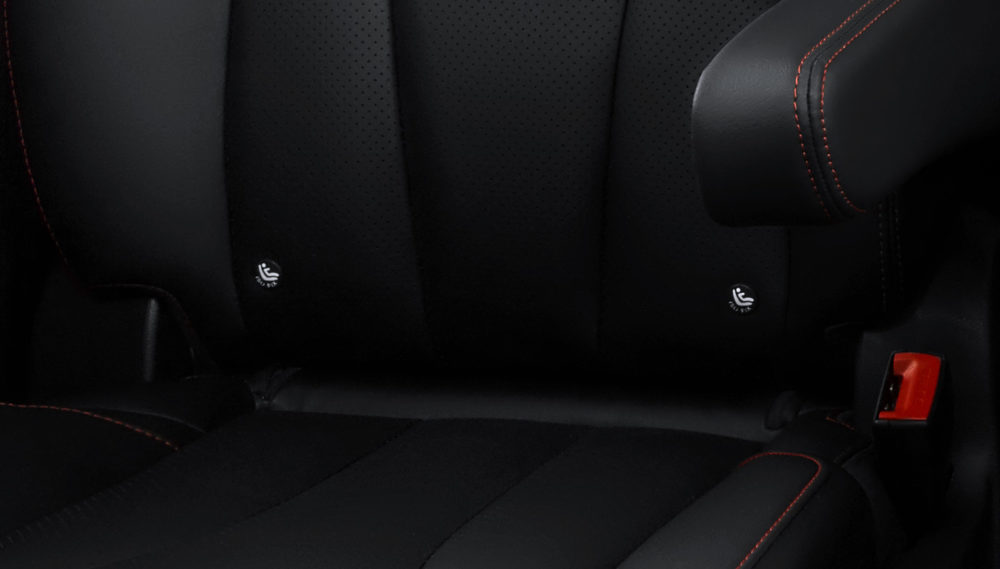
How to Use Isofix
In order for the ISOFIX feature to work optimally, it is necessary to use the right way. Here’s how to properly use ISOFIX you need to know.
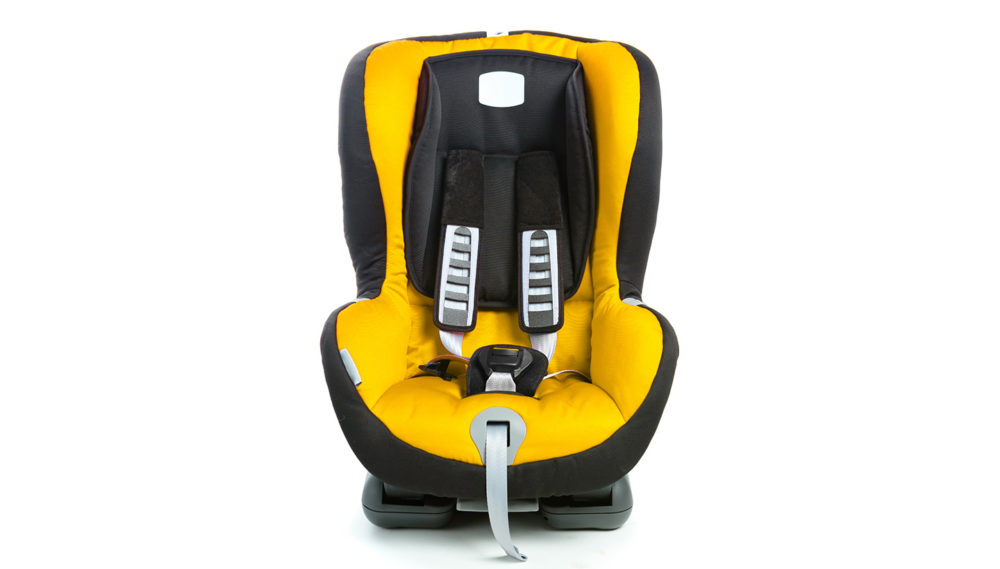
1. Choose the right type of car seat
To make the ISOFIX function optimally, you need to choose the type of car seat that suits the needs of the children. At this stage, how to choose the right car seat can be adjusted to the child’s weight and age.
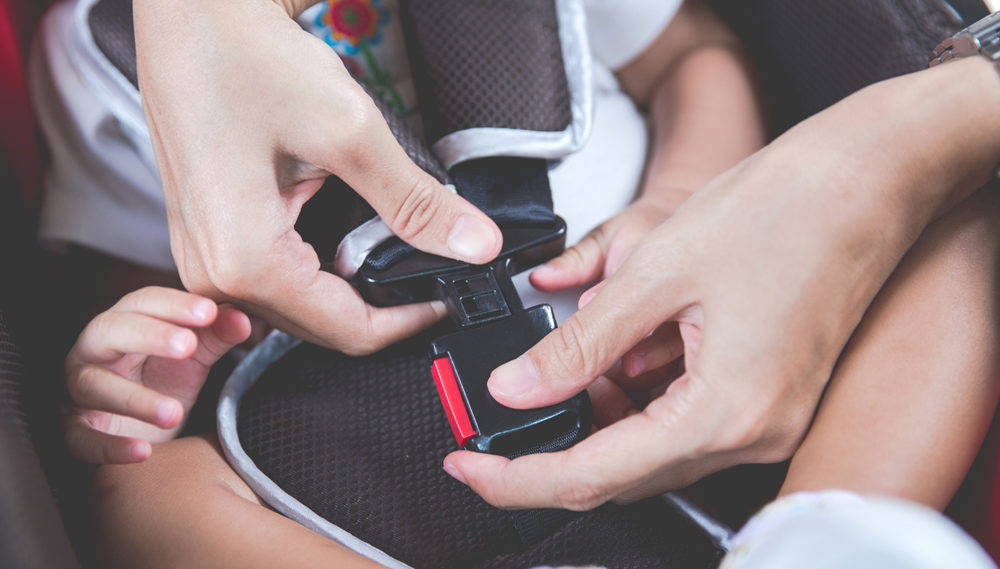
2. Install the car seat behind the front seat
The proper way to use ISOFIX is to install a car seat behind the front seat. This aims to avoid risks to the neck, head and spine of the child from the risk of collision.
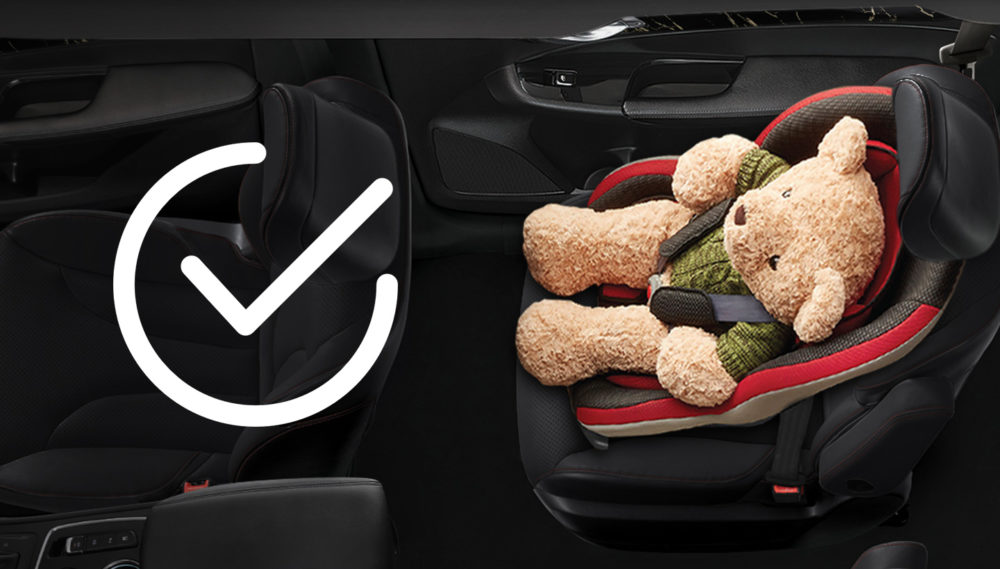
3. Install the ISOFIX position and the car seat correctly
So that ISOFIX can lock optimally, then you need to make sure that you have installed the car seat correctly. You must ensure that you hear a click when connecting the ISOFIX to the car seat. In addition, you also need to regularly check the condition of the belt every time you want to travel. This is to ensure this feature is in good condition and functioning properly, so that it can lock the car seat optimally.
4. Check the seat belt slack
To make the child comfortable during the trip using a car seat, you need to make sure that the seat belt is attached with a loose fit that fits the child’s body. Make sure the seat belt position is not too loose or too tight because it can make the child uncomfortable.
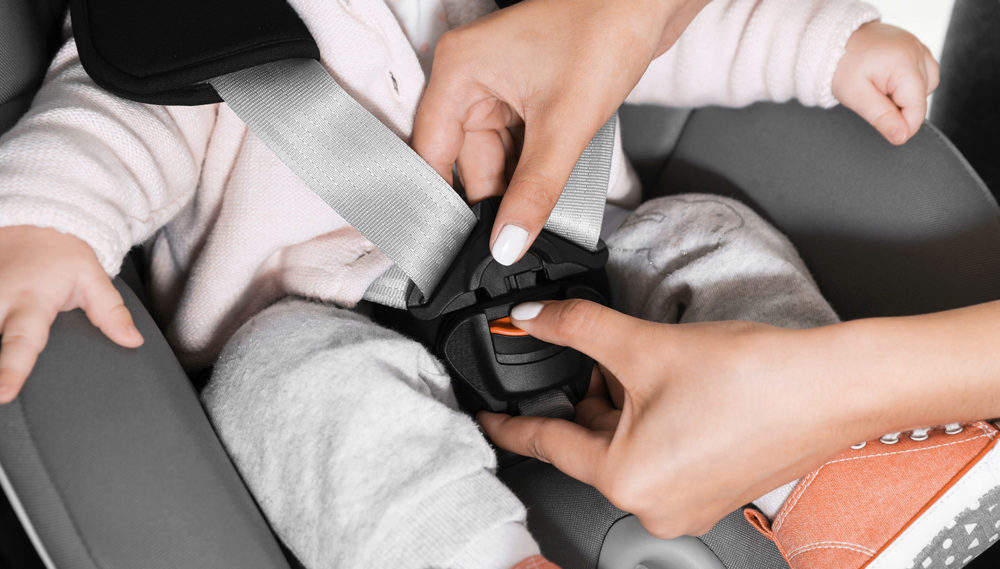
5. Check the slope of the belt and car seat
So that the ISOFIX function can be maximized, you need to pay attention to the slope of the belt and car seat when using it. The American Academy of Pediatrics recommends that the ideal infant car seat tilt is 45 degrees. Meanwhile, for toddlers, the angle of inclination of the car seat is only 35 degrees. By adjusting the slope of the car seat appropriately according to age, the child will be more comfortable and the function of the ISOFIX feature will also be maximized.
Maintaining safety while driving is very important to note. Not only for drivers and adult passengers, you also need to pay attention to driving safety for children. One way is to choose a car that is equipped with the ISOFIX feature, making it easier for you to install a child car seat safely.
Currently, many new cars are equipped with ISOFIX features on car seats to increase the safety factor, especially for children. One of them is the Wuling New Cortez car which has a Captain Seat seat with the support of the ISOFIX feature for the safety and comfort of children while driving in the car.
